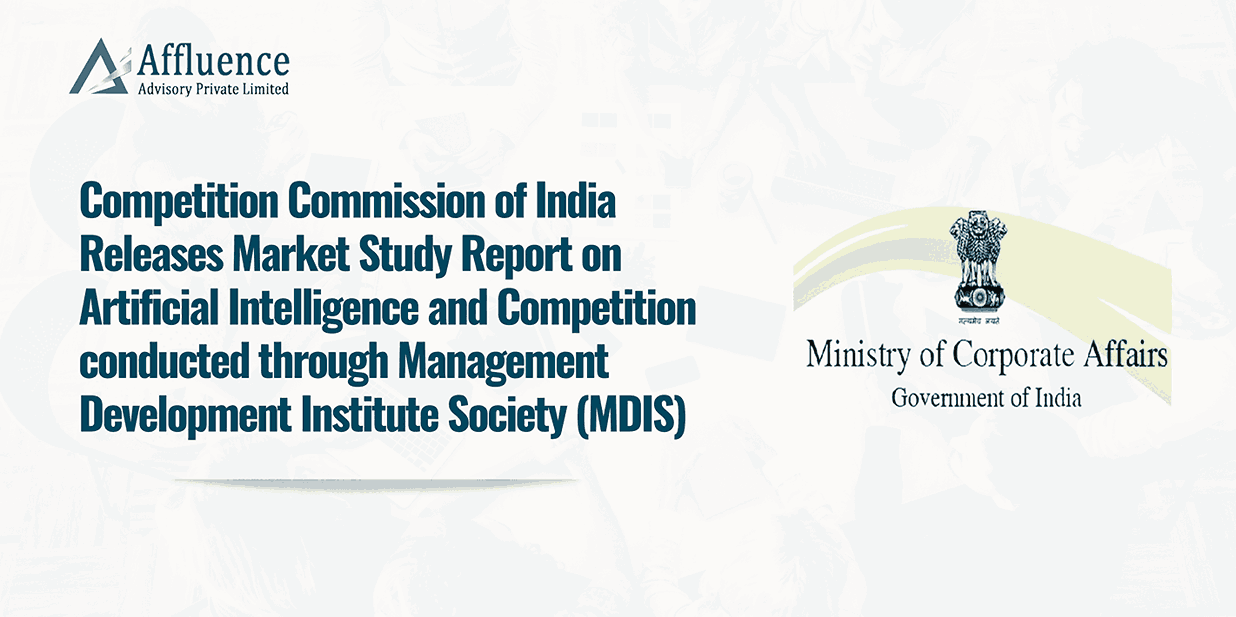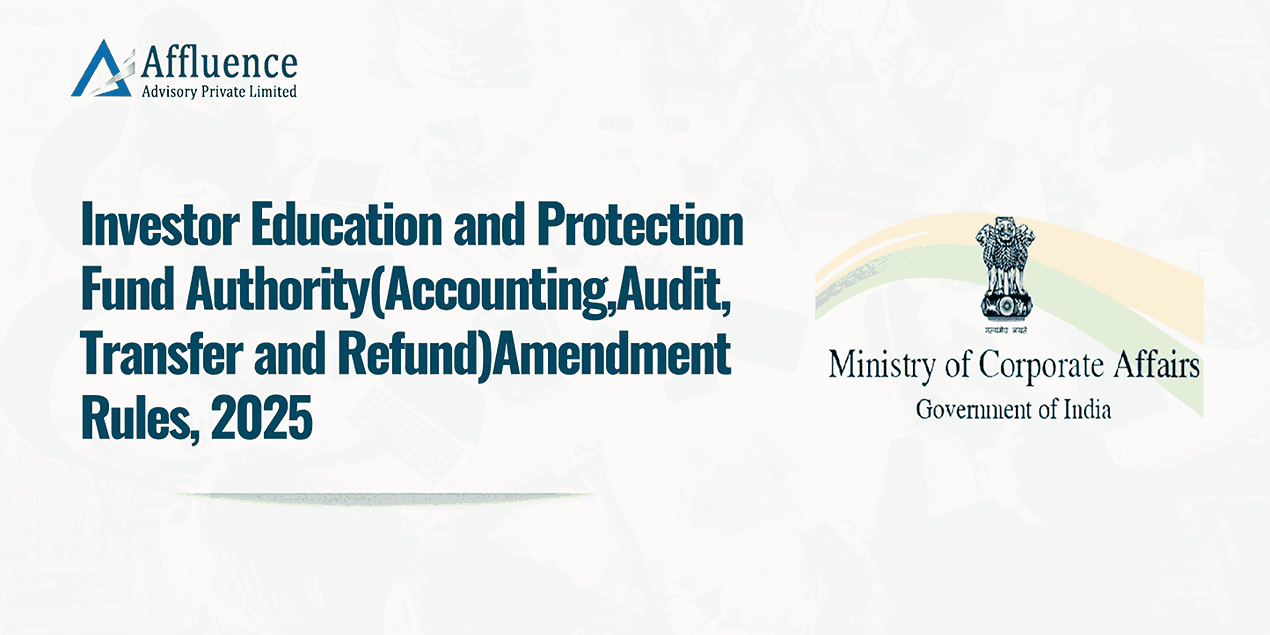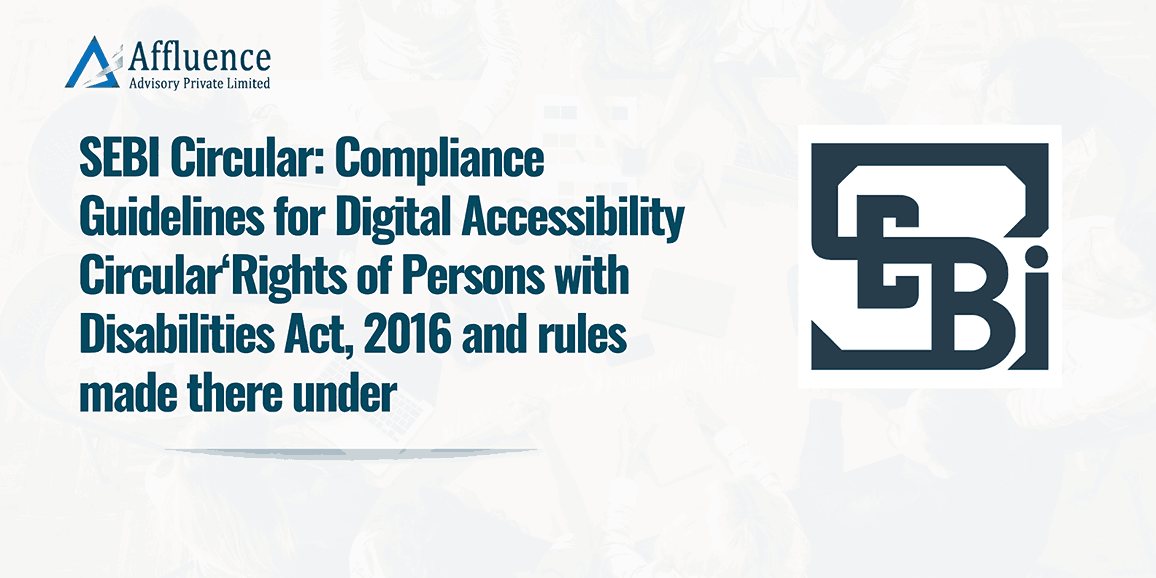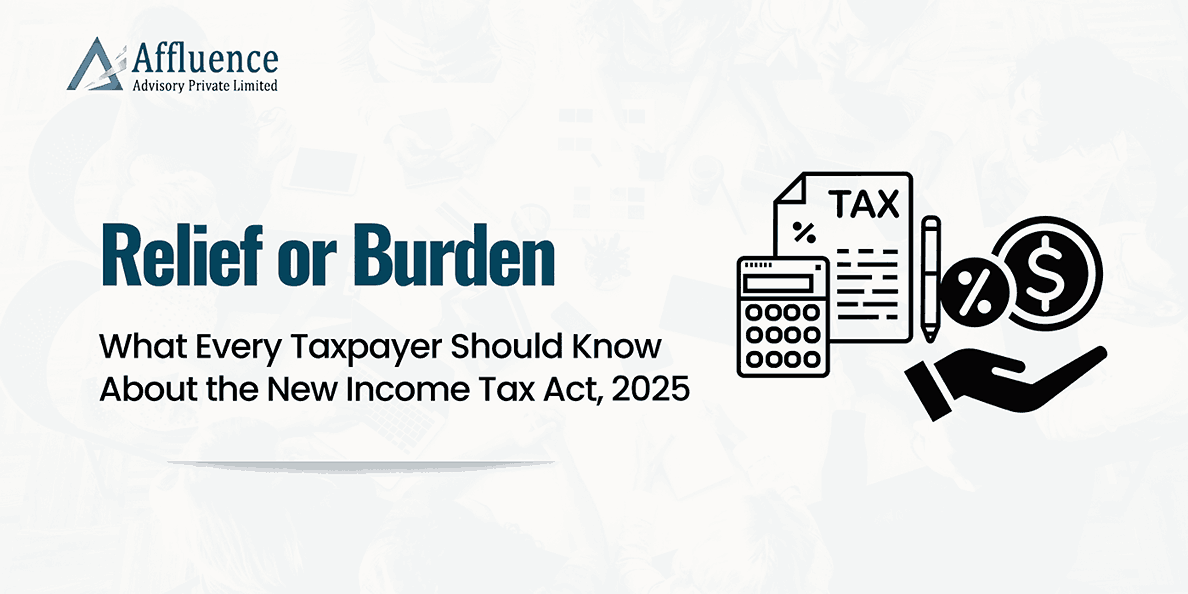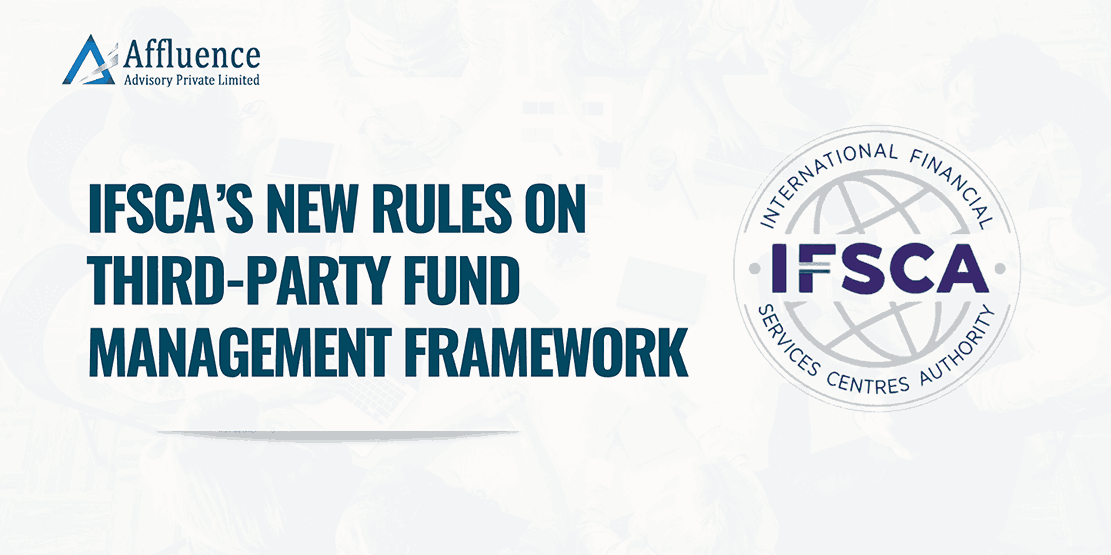Q1. What is the background for reduction of promoter shareholding to 75% or ensuring min. 25% public shareholding?
Regulation 38 of SEBI (Listing Obligations and Disclosure Requirements), Regulations 2015 read with Rule 19(2)(b) and Rule 19A of Securities Contract Regulation Rules 1957 makes it mandatory for entities who have listed their equity shares on stock exchange to maintain a min. public shareholding of 25%. This will ensure market balance of promoter and public shareholding and reduce volatility in market.
Q2. How many circular have been passed by SEBI specifying methods of achieving min. public shareholding?
Q3. What are the conditions that are prescribed for two methods viz. issue pursuant to ESOP and Transfer of shares to exchange traded fund, brought in by SEBI to achieving min. public shareholding?
If any entity is proposing to utilize route of issue of employee stock option plan for increase in public shareholding, then it is stated by SEBI that maximum of 2% paid-up equity share capital of the listed entity can be diluted and ESOP scheme framed in this regard shall be in compliance with the Securities and Exchange Board of India (Share Based Employee Benefits and Sweat Equity) Regulations, 2021. Further, it is also stated the promoter(s) / promoter group shall not be allotted any shares under these schemes.
Q4. If promoter or promoter group wants to utilise method of transfer of shares to ETF to achieve min. public shareholding then what are the various compliances that needs to be done?
The listed entity shall, at least one trading day prior to such proposed transfer, announce the following details to the stock exchange(s) where its shares are listed:
- the intention of the promoter(s) /promoter group to transfer shares and the purpose of such transfer;
- the details of promoter(s)/promoter group who propose to transfer their shares in the listed entity;
- total number of shares and percentage of shareholding proposed to be transferred; and
- Details of the ETF to which shares are proposed to be transferred by the promoter / promoter group. The listed entity shall also give an undertaking to the recognized stock exchange(s) obtained from the persons belonging to the promoter and promoter group that they shall not subscribe to the units of such ETF to which shares have been transferred by promoter(s) / promoter group entities for the purpose of MPS compliance.
Q5. Can a company utilize a mix of above methods to achieve min. public shareholding?
What has been gathered till now from market practice till now is that most of the companies have achieved min. public shareholding by utilizing one of the above methods. There is no case where a mix of above methods was utilized to reduce shareholding. So ideally only of the above methods could be utilized for achieving min. public shareholding. Also, it needs to be remembered that reduction in shareholding needs to be done in compliance with other applicable provisions of SEBI viz. SEBI LODR, SEBI PIT and SEBI SAST.
Q6. Can a company suggest any other method of achieving min. public shareholding other than those stated above?
SEBI has by its circular dt: February 3, 2023 and all its earlier circulars has stated that SEBI may consider any other method of achieving min. public shareholding on a case specific basis. It has further stated that listed entity shall approach the Board with an application containing relevant details to obtain prior permission. SEBI in this regard would try to communicate its decision within 30 days from the date of receipt of the proposal or the date of receipt of additional information as sought from the listed entity. So entities who do not want to avail the above referred method may apply for any suitable method to SEBI for reduction of shareholding. But that method as guided by SEBI would be relevant for a particular entity only and cannot be applied by other entities.
Click here to Download PDF
Disclaimer: This article provides general information existing at the time of preparation and we take no responsibility to update it with the subsequent changes in the law. The article is intended as a news update and Affluence Advisory neither assumes nor accepts any responsibility for any loss arising to any person acting or refraining from acting as a result of any material contained in this article. It is recommended that professional advice be taken based on specific facts and circumstances. This article does not substitute the need to refer to the original pronouncement






